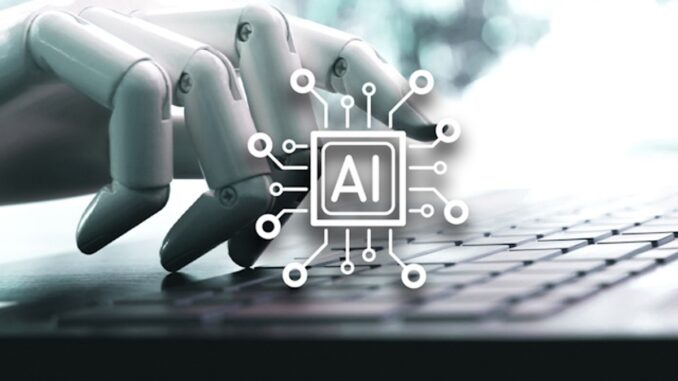
Natural Language Processing (NLP) and Artificial Intelligence (AI) are closely related fields that focus on enabling machines to understand, interpret, and generate human language in a way that is both meaningful and useful.
Natural Language Processing (NLP) – NLP is a subfield of AI that involves the interaction between computers and human (natural) languages. Its goals include:









– **Understanding Language**: Developing algorithms that can comprehend text and speech.
– **Language Generation**: Creating coherent and contextually relevant text.
– **Translation**: Converting text from one language to another.
– **Sentiment Analysis**: Assessing the emotional tone of a piece of text.
– **Speech Recognition and Synthesis**: Converting spoken language into text and vice versa.
– **Entity Recognition**: Identifying and classifying key elements from the text, such as names, dates, or locations.
### Key Techniques in NLP
1. **Tokenization**: Breaking down text into smaller units like words or sentences.
2. **Part-of-Speech Tagging**: Identifying the grammatical categories of words.
3. **Named Entity Recognition (NER)**: Detecting proper nouns and classifying them into predefined categories.
4. **Dependency Parsing**: Analyzing the grammatical structure of sentences.
5. **Vectorization**: Translating words into numerical representations (vectors), using techniques like Word2Vec, GloVe, and more recently, transformers.
6. **Transformers and BERT**: Advanced architectures that improve understanding of context and relationships in text.
7. **Reinforcement Learning**: Used to refine models based on user interactions and feedback.
### Applications of NLP
– **Chatbots and Virtual Assistants**: AI systems that can converse with users and provide support.
– **Content Recommendation**: Analyzing text to suggest relevant articles, products, or services.
– **Customer Feedback Analysis**: Gleaning insights from open-ended customer responses.
– **Document Summarization**: Creating concise summaries of longer texts.
– **Spam Detection**: Filtering out unwanted messages or emails.
### Artificial Intelligence
AI is a broader field focused on creating systems that can perform tasks typically requiring human intelligence. These tasks include reasoning, solving problems, understanding language, and perceiving the environment. AI encompasses various methodologies, including:
– **Machine Learning (ML)**: Using statistical techniques to allow machines to improve at tasks with experience.
– **Deep Learning**: A subset of ML that uses neural networks with many layers to analyze data, particularly effective in image and speech recognition.
– **Computer Vision**: Enabling machines to interpret and make decisions based on visual data.
### Intersection of NLP and AI
NLP is a prominent domain of AI, utilizing AI methodologies to process and analyze language data. As AI continues to advance, NLP technologies are becoming increasingly sophisticated, enabling more nuanced interactions between humans and machines. The development of large language models, such as OpenAI’s GPT series and Google’s BERT, has pushed the boundaries of what is possible in NLP, leading to applications that were previously imagined only in science fiction.
### Challenges in NLP
– **Ambiguity**: Natural language is often ambiguous and context-dependent, making it difficult for machines to understand meaning accurately.
– **Sarcasm and Tone**: Detecting these nuances can be challenging for machines.
– **Data Bias**: Models trained on biased datasets can perpetuate stereotypes and biases.
– **Language Diversity**: There are thousands of languages and dialects, making it difficult to create universal NLP models.
### Future Directions
The future of NLP and AI holds great potential, with ongoing research focused on:
– **Improving model interpretability**: Making it easier to understand how NLP models arrive at their conclusions.
– **Low-resource languages**: Developing techniques for languages with limited available data.
– **Cross-modal understanding**: Integrating text with visual, auditory, and other data types to create richer AI systems.
Both NLP and AI are evolving rapidly, and their advancements have far-reaching implications across industries, from healthcare to finance to entertainment.


Leave a Reply